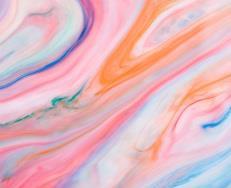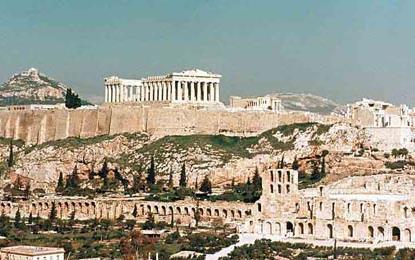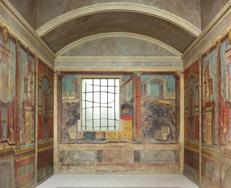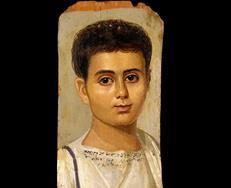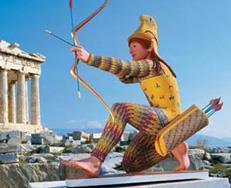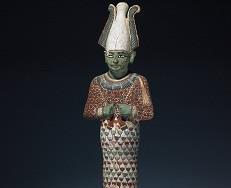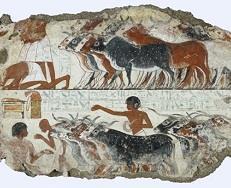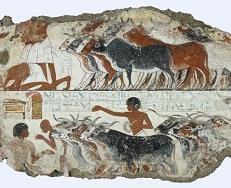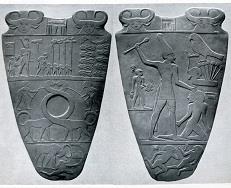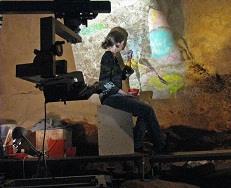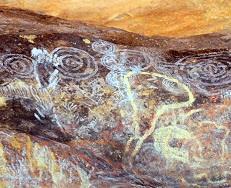- Home
- I am a …
- Resources
- Collections
- Post-lockdown teaching support
- Remote teaching support
- Starters for ten
- Screen experiments
- Assessment for learning
- Microscale chemistry
- Faces of chemistry
- Classic chemistry experiments
- Nuffield practical collection
- Anecdotes for chemistry teachers
- More …
- Literacy in science teaching
- Climate change and sustainability
- Alchemy
- On this day in chemistry
- Global experiments
- PhET interactive simulations
- Chemistry vignettes
- Context and problem based learning
- Journal of the month
- Chemistry and art
- Classic chemistry demonstrations
- In search of solutions
- In search of more solutions
- Creative problem-solving in chemistry
- Solar spark
- Chemistry for non-specialists
- Health and safety in higher education
- Analytical chemistry introductions
- Exhibition chemistry
- Introductory maths for higher education
- Commercial skills for chemists
- Kitchen chemistry
- Journals how to guides
- Chemistry in health
- Chemistry in sport
- Chemistry in your cupboard
- Chocolate chemistry
- Adnoddau addysgu cemeg Cymraeg
- The chemistry of fireworks
- Festive chemistry
- Collections
- Education in Chemistry
- Teach Chemistry
- Events
- Teacher PD
- Enrichment
- Our work
- More from navigation items
- Hot topic:
- RSC members may be unable to sign in to our website. We are working to resolve this as soon as possible.
Techniques
Art historians and scientists use a variety of physical and chemical techniques to make discoveries and answer questions about art and artefacts. Explore some of them here.
Practical resources
Analysis of cave paintings
In this practical, student gain an understanding of how cave painters may have used the natural rock formation to paint the animals and scenes onto them and how later painters have continued with this tradition.
Making concrete
In this experiment, students determine how different sized materials with binder increase the stability and strength of mortar and concrete. Also, students can test how altering the proportions of cement, water and different aggregates affects concrete’s properties.
Plaster of Paris
In this experiment, students produce Plaster of Paris, which they then use to produce a cast, in order to identify the items that have left an impression in an apple.
Verdigris copper
In this experiment, students deliberately corrode copper, to produce a pigment called verdigris. Students can then explain their observations using their knowledge of redox reactions.
Magic writing with sodium nitrate solution
In this experiment, students write a hidden message using invisible ink and watch what happens when a glowing splint touches their message.
Invisible inks
In this experiment, students test a variety of substances to see if they can be used as an invisible ink.
Making marbled paper
In this practical, students create a marble effect on paper, using their knowledge of mixtures and hydrophobic solutions to explain the phenomena. Also, students use their evaluating skills to determine which method produces the best result.
Water drop art
In this practical, students observe and report what happens when water is placed on waxed paper, and a splint or toothpick is positioned close to the droplets.
Ancient inks
In this practical, students use methods which have been used for centuries to produce inks.
Making and using blueprint paper
Blueprints use the cyanotype process invented by the astronomer John Herschel in 1842. In this experiment you will carry out an experiment to produce blueprint paper and produce an image or diagram using the blueprint paper.
Making solder as an alloy of tin and lead
Try this practical to make solder by heating together the metals tin and lead before investigating the alloy’s properties. Includes kit list and safety instructions.























